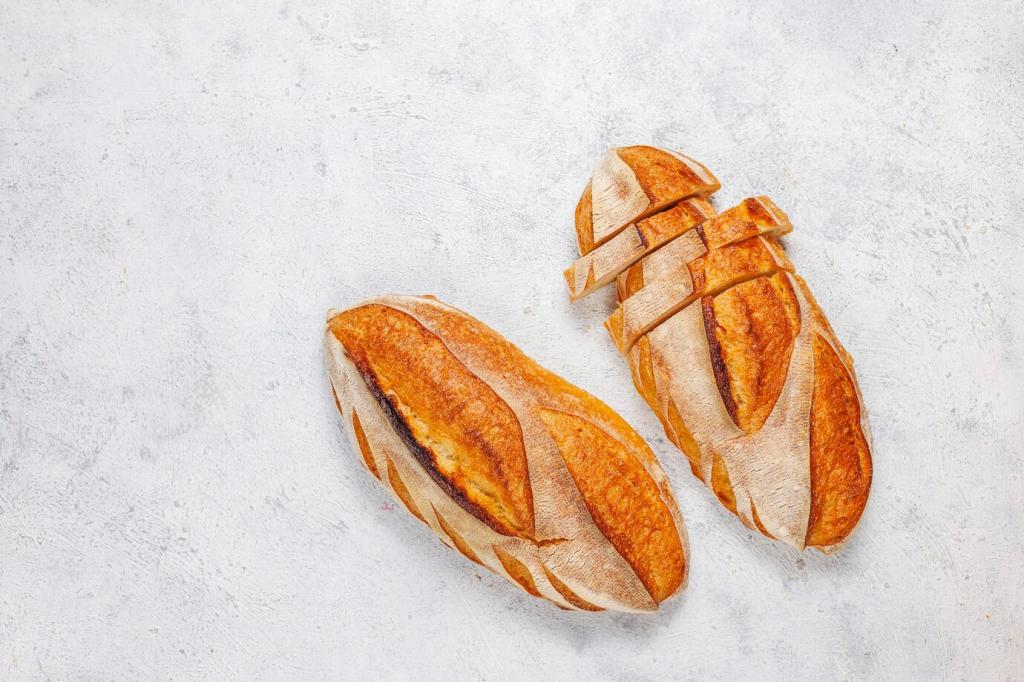Theme: Secrets to Making Soft and Fluffy Bread
Welcome, home bakers! Today we dive into the irresistible world of ultra-soft, cloudlike loaves and rolls. From tangzhong magic to perfectly proofed dough, discover practical, reliable secrets to make every slice tender. Join our community, share your crumb shots, and subscribe for weekly soft-bread inspiration.
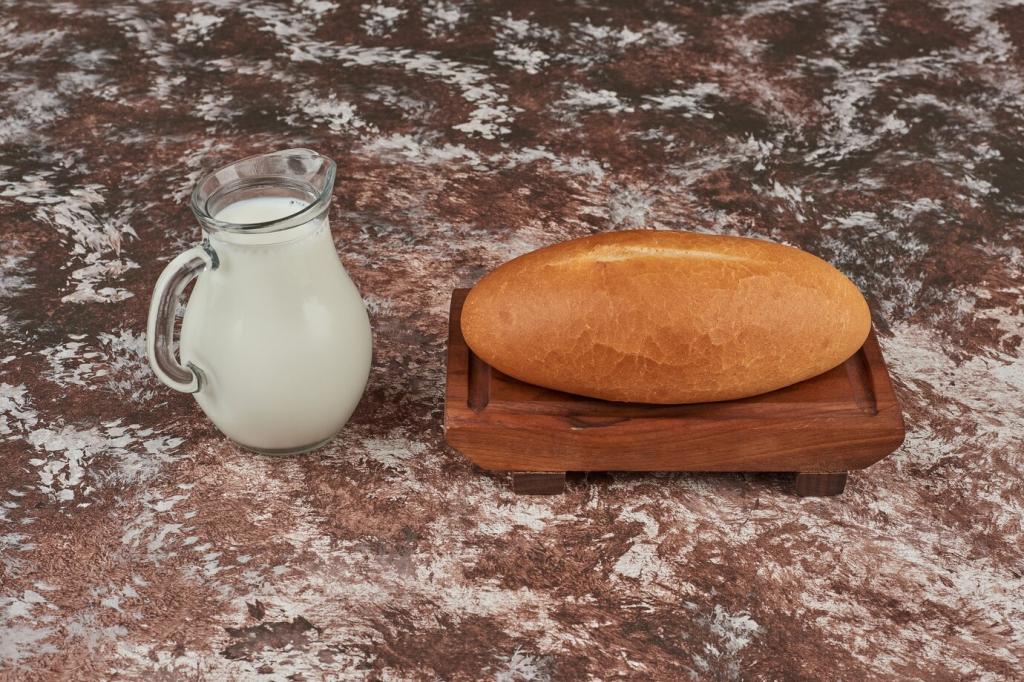
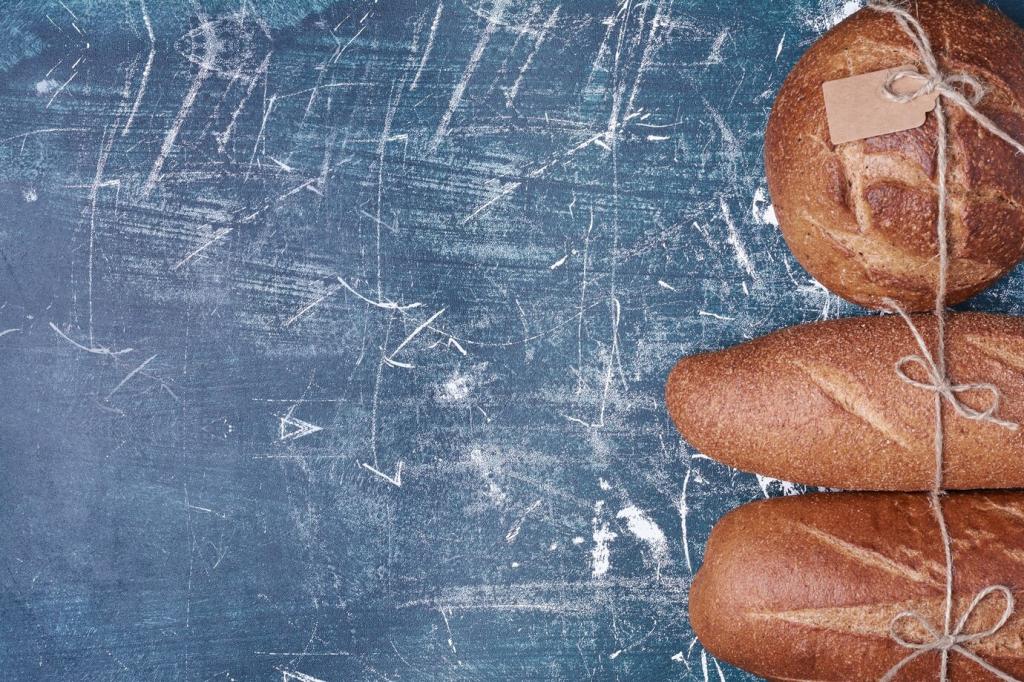
Ingredients That Create Cloudlike Crumb
For ultra-soft loaves, many bakers blend all-purpose with bread flour, chasing moderate protein for structure without chew. Aim near 10.5–12% protein. Consider a pinch of vital wheat gluten only if your flour lacks lift for taller, fluffier slices.
Ingredients That Create Cloudlike Crumb
Milk, milk powder, cream, and eggs bring fat, emulsifiers, and proteins that cushion the crumb. A tablespoon of milk powder boosts tenderness noticeably. Honey adds mild sweetness and moisture retention, keeping dinner rolls pillow-soft on day two.
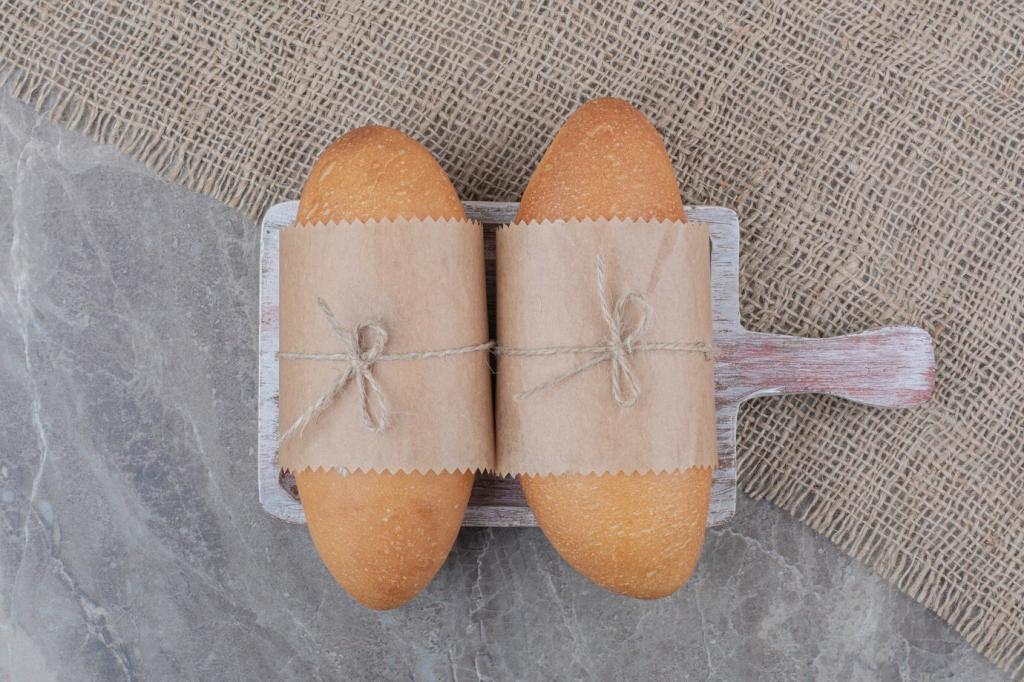
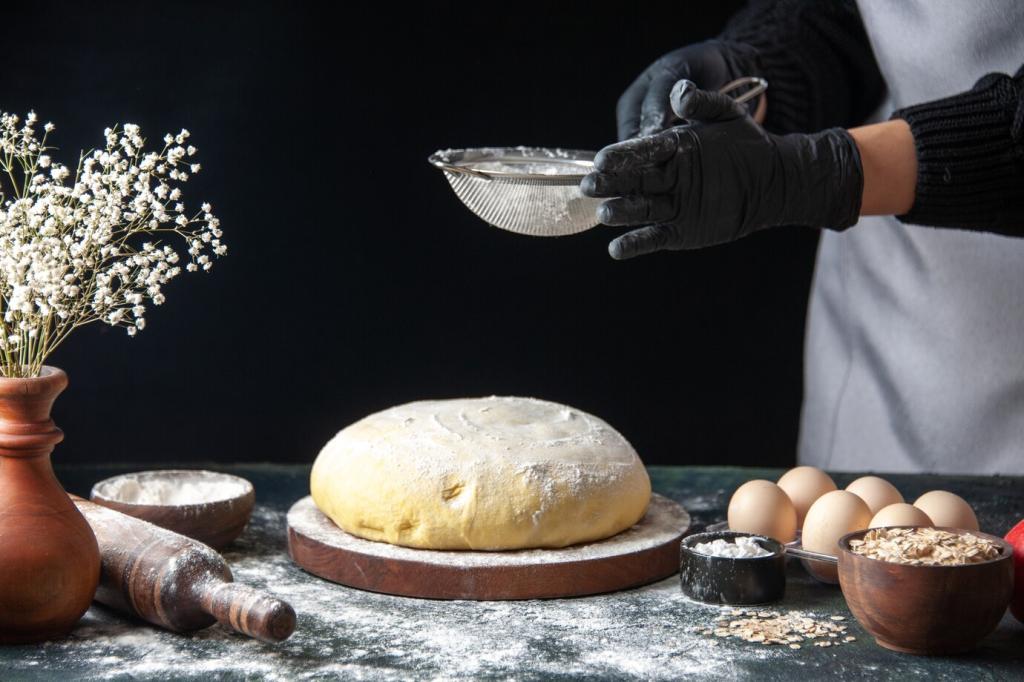
Hydration, Temperature, and Precision
Baker’s Percentages and Scales
Measure by weight for repeatable softness. Track baker’s percentages to fine-tune hydration—typically 60–68% for enriched, fluffy loaves. A digital scale and notes transform guesswork into predictable, silky dough every single bake.
Desired Dough Temperature Matters
Aim for a dough temperature around 24–26°C (75–79°F). Adjust liquid warmth seasonally, considering room conditions and mixer friction. Consistent dough temperature keeps fermentation steady, developing flavor while preserving that light, bouncy crumb.
Salt, Yeast, and Balance
Salt strengthens gluten and moderates yeast, while sugar feeds fermentation and tenderizes. Instant yeast is convenient; active dry works with proper blooming. Keep ratios balanced so the dough rises vigorously without becoming overly sweet or slack.
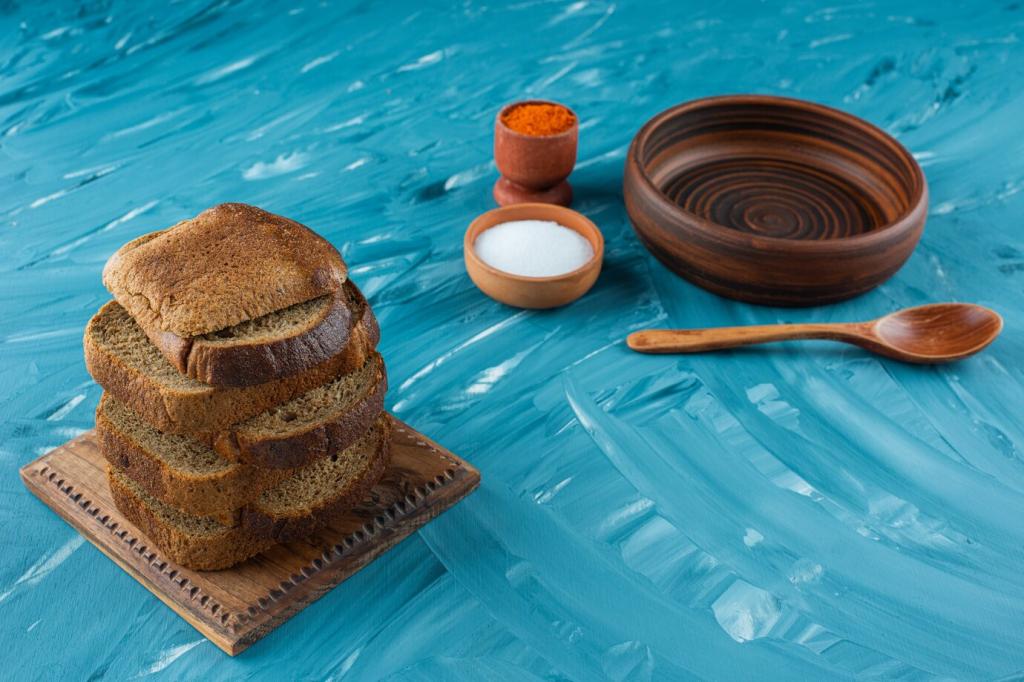
Tangzhong and Yudane, Step by Step
For tangzhong, cook 1 part flour with 5 parts liquid to a thick paste reaching about 65°C, cool, then mix into dough. Yudane uses boiling water poured over flour. Both methods boost moisture retention and yield plush, cottony bread.
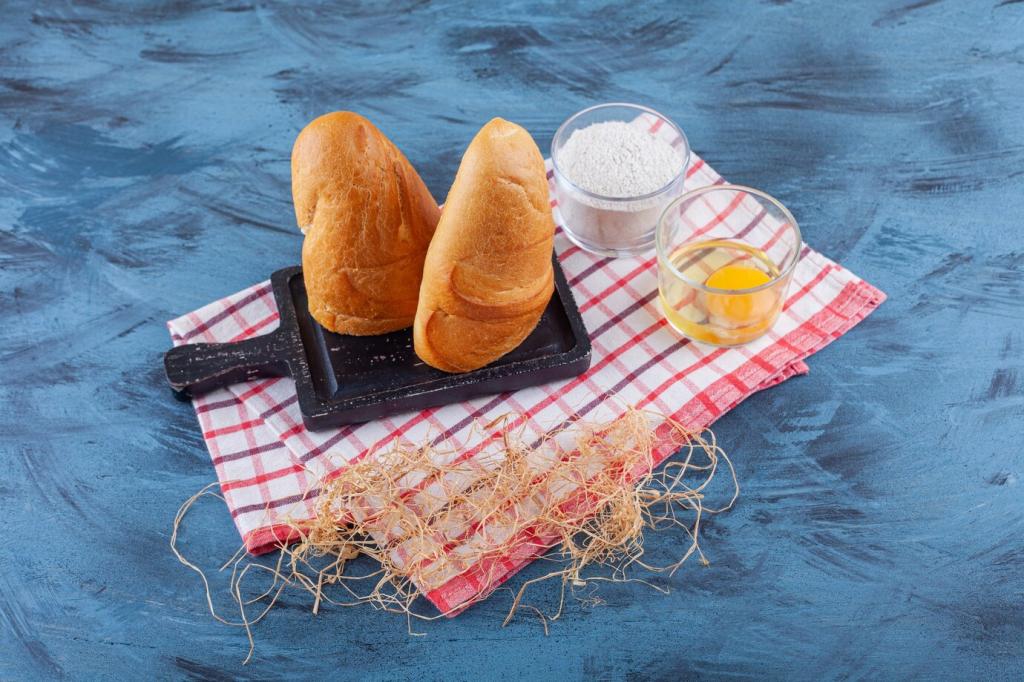
Mixing to the Windowpane
Use a stand mixer on low to medium until the dough turns silky and pulls from the bowl. Stop at a thin, elastic windowpane. Overmixing creates a tight crumb; undermixing collapses structure. Gentle strength equals dreamily soft slices.
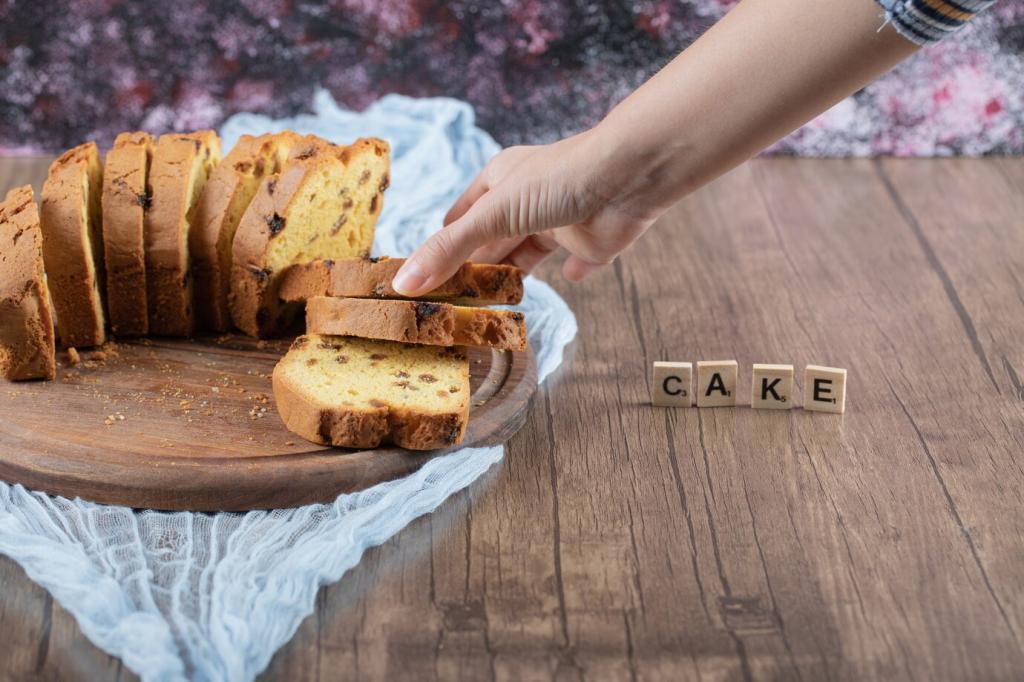
A Story From Sunday Rolls
My grandmother taught me to pause before the final knead. She’d listen—literally pressing her ear near the dough—waiting for tiny bubbles. That patience meant rolls so light, they floated off plates at family dinners. Try listening and share your results.
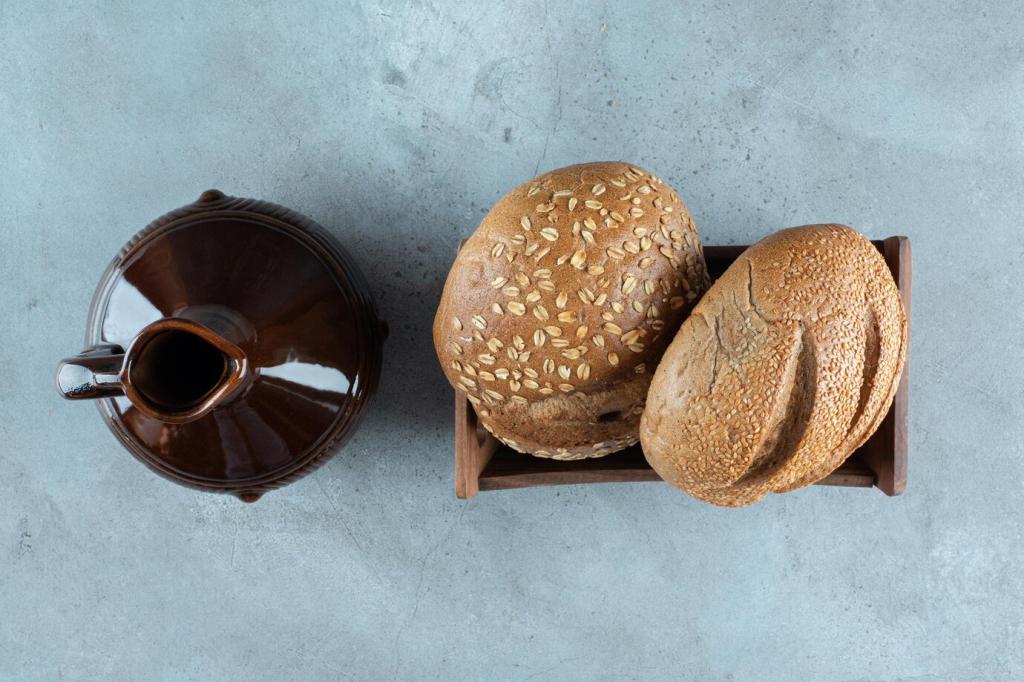
Create Tension Without Deflating
Pre-shape softly, rest, then tension-shape by rolling the dough against the bench to form a smooth skin. Keep gas intact. For sandwich loaves, roll into a snug cylinder, pinch the seam, and place seam-side down for even, lofty structure.
The Poke Test and Timing
Proof until a gentle poke springs back slowly, leaving a slight indent. Underproofing yields dense crumb; overproofing deflates. In warm kitchens, proof can fly. Watch the dough, not the clock, and comment with your favorite proofing cues.
Pan Choice and Portions
Use the right pan size to avoid squat loaves. For ultra-soft pull-apart rolls, weigh equal portions for uniform rise. Crowding creates tender sides that tear like silk, delivering that bakery-style, pillow-top finish everyone loves.
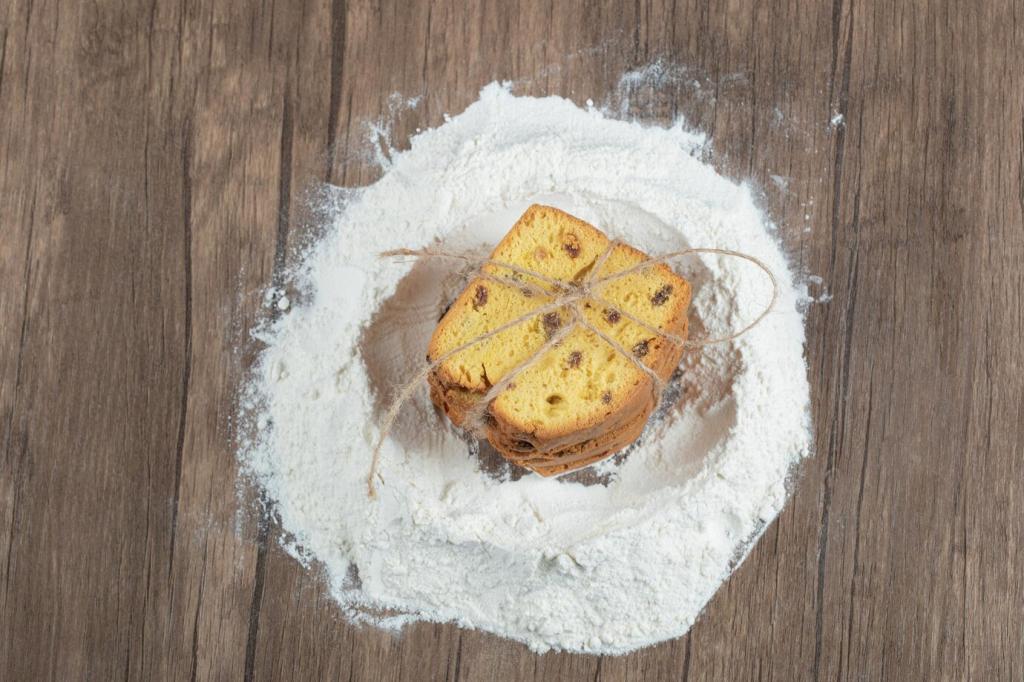
Temperature and Oven Spring
Enriched loaves often bake around 190–200°C (375–392°F). Preheat thoroughly. A brief burst of steam helps expansion before the crust sets, encouraging taller, fluffier slices without toughening the exterior or drying the crumb prematurely.
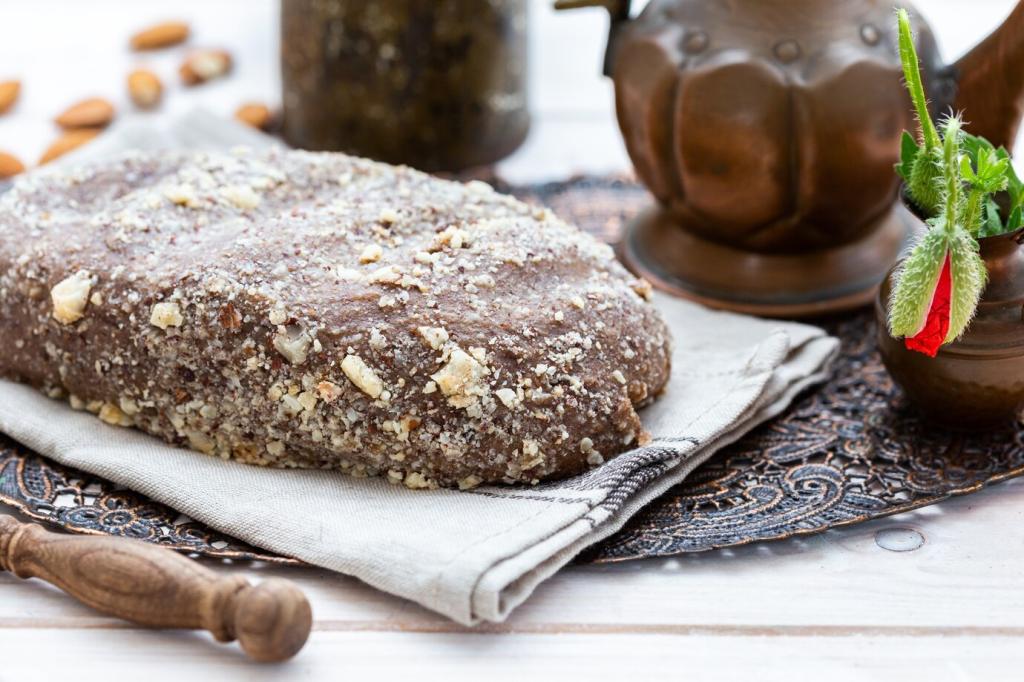
Prevent Over-Browning
Milk and sugar brown quickly. If the top darkens too fast, tent with foil midway. Bake to internal 93–95°C (199–203°F). This keeps the crumb set yet tender, protecting that coveted softness and gentle, golden color.
Staying Soft: Storage and Next-Day Magic
Refrigeration accelerates starch retrogradation, making bread stale faster. Keep loaves in a breathable box for the first day, then in a sealed bag at room temperature. For longer storage, freeze slices and toast straight from the freezer.
Staying Soft: Storage and Next-Day Magic
To refresh day-old rolls, warm briefly at 160°C (320°F) or steam lightly to re-plump the crumb. A quick microwave burst with a damp towel works in a pinch. Tell us your favorite refresh method and how it impacts softness.
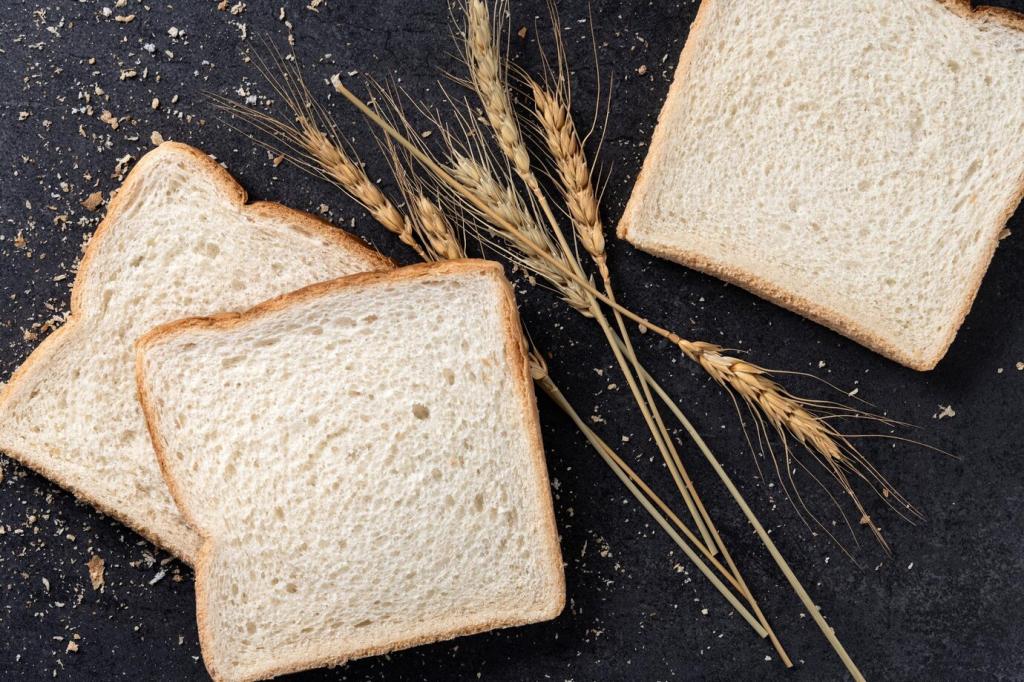
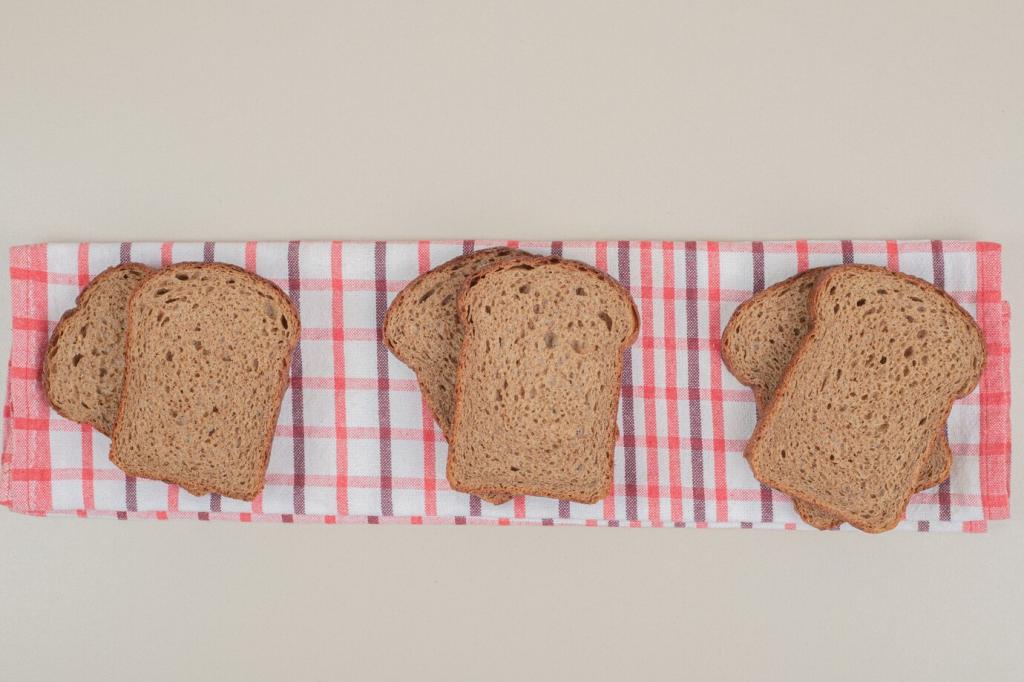
Troubleshooting and Your Fluffiest Wins
Often a sign of under-kneading, underproofing, or low hydration. Revisit the windowpane test, proof until the dough responds slowly, and nudge hydration upward. Report your adjustments and results to inspire fellow soft-bread seekers.
Troubleshooting and Your Fluffiest Wins
Increase moisture with tangzhong, add a touch more fat, or shorten the bake slightly. Verify internal temperature and cool properly. Share before-and-after photos so others can see how small tweaks unlock beautifully tender slices.
